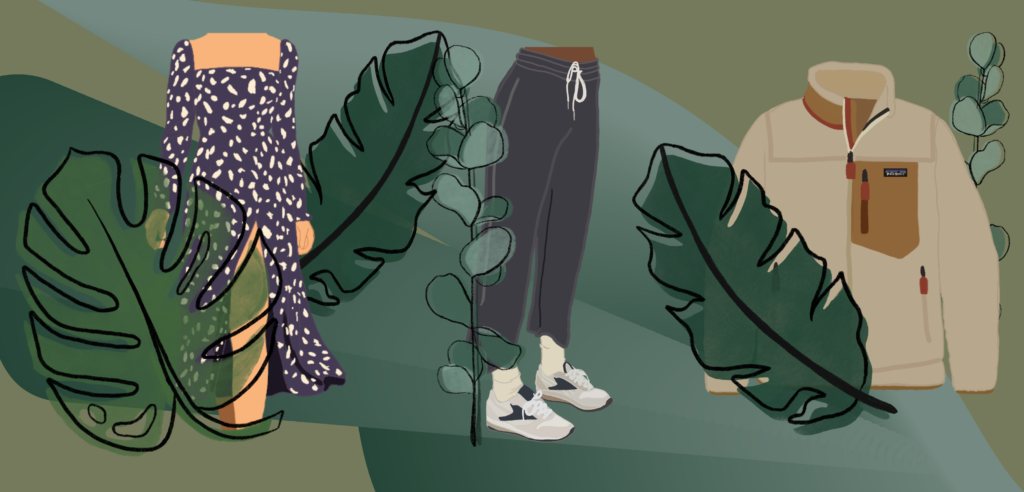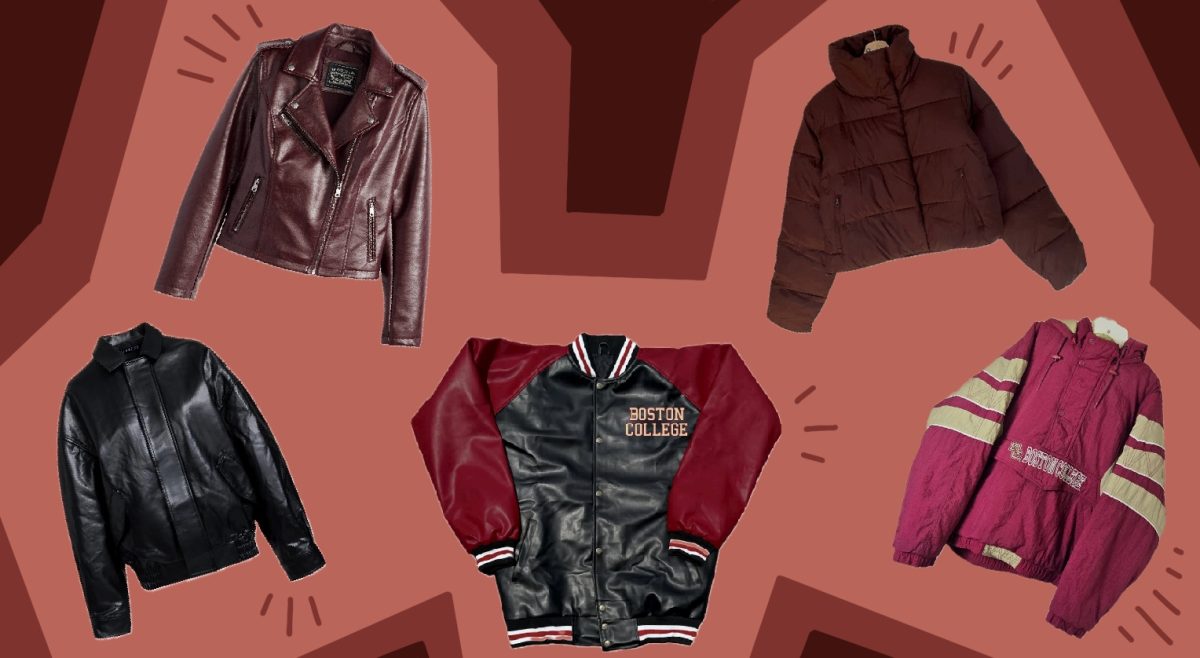With a new year comes some new habits, right? If you are looking to reduce your environmental footprint while bringing a new look to your year, sustainable fashion is for you. Making an effort to shop sustainably will not only mix up your wardrobe, but will also save you some cash, along with cutting down on material waste, water usage, and general pollution.
Shop For New Clothing From Sustainable Brands
If you are someone who prefers to purchase clothing “new,” there are several clothing brands and manufacturers that are centered around their sustainability efforts such as Everlane, Reformation (who has a store on Newbury St.), and MATE the Label. If you prefer to stick to the brands you know, however, there are several well-known brands who are committed to being more environmentally conscious such as Levi’s, the H&M Conscious collection, Patagonia, and Athleta. Madewell’s Blue Jeans Go Green program gives a $20 discount on new jeans if you donate an old pair, which will be used to insulate housing in communities in need. Lastly, a third popular option that falls under this category is purchasing from Rent the Runway, which allows you to rent clothing for a period of time. Therefore, instead of having many people buy the same item that will only be worn once or twice, many people can wear a singular item and prolong its life cycle.
Purchase Second-Hand clothing
Hop on one of the most popular and environmentally friendly fashion movements and begin purchasing your clothing second hand! There are several thrift stores in Boston that you can visit such as Goodwill in the Allston-Brighton area, Boomerangs, Buffalo Exchange, Vivant Vintage, Covet, and The Garment District. If you prefer to do your shopping online due to COVID-19, popular apps such as Depop and Poshmark allow people to sell high-quality clothing and accessories in good condition. Additionally, there are several popular companies that “upcycle” and restore clothing such as the Urban Renewal line at Urban Outfitters, the Upcycled collection at RE/DONE, ASOS Reclaimed Vintage, Patagonia’s Worn Wear ReCrafted collection, and The Vintage Twin. Lastly, a simple yet fun option to consider is swapping clothing and accessories with your roommates and friends.
Sell or Donate Your Clothing
On the flip side of purchasing second-hand clothing, you can contribute to sustainable fashion by selling or donating the clothing and accessories you do not wear anymore. One way to go about this is by using apps such as Letgo, Depop, and Poshmark, which automatically removes shipping costs and generates a shipping label for all packages. If you prefer to donate your clothes, Goodwill and The Salvation Army are two companies that have countless locations nationwide to do so. Two other options geared toward “fancier” brand-name clothing include Plato’s Closet and Thredup. Plato’s Closet, which has a location in Waltham, Mass., is a company where you can make an appointment to bring in clothing, the employees sort through it, and then pay for whichever clothing they want to take. This location, however, is temporarily not purchasing items due to the pandemic. Thredup is a service that provides a premade label for you to ship out your items to them and then get paid for whichever products sell online.
Alter Clothing You Already Have
Lastly, a creative approach to becoming more sustainable is altering the clothing you already have! This trend has been capitalized upon by several companies such as SOJARA, who alter and rework vintage clothing. But, if you have your own clothing that you would like to rework, there are several routes to go about it. Some options include distressing denim, cropping hoodies, altering the necklines of shirts, and painting and embroidering clothing.
Featured Graphic by Meegan Minahan / Heights Editor







